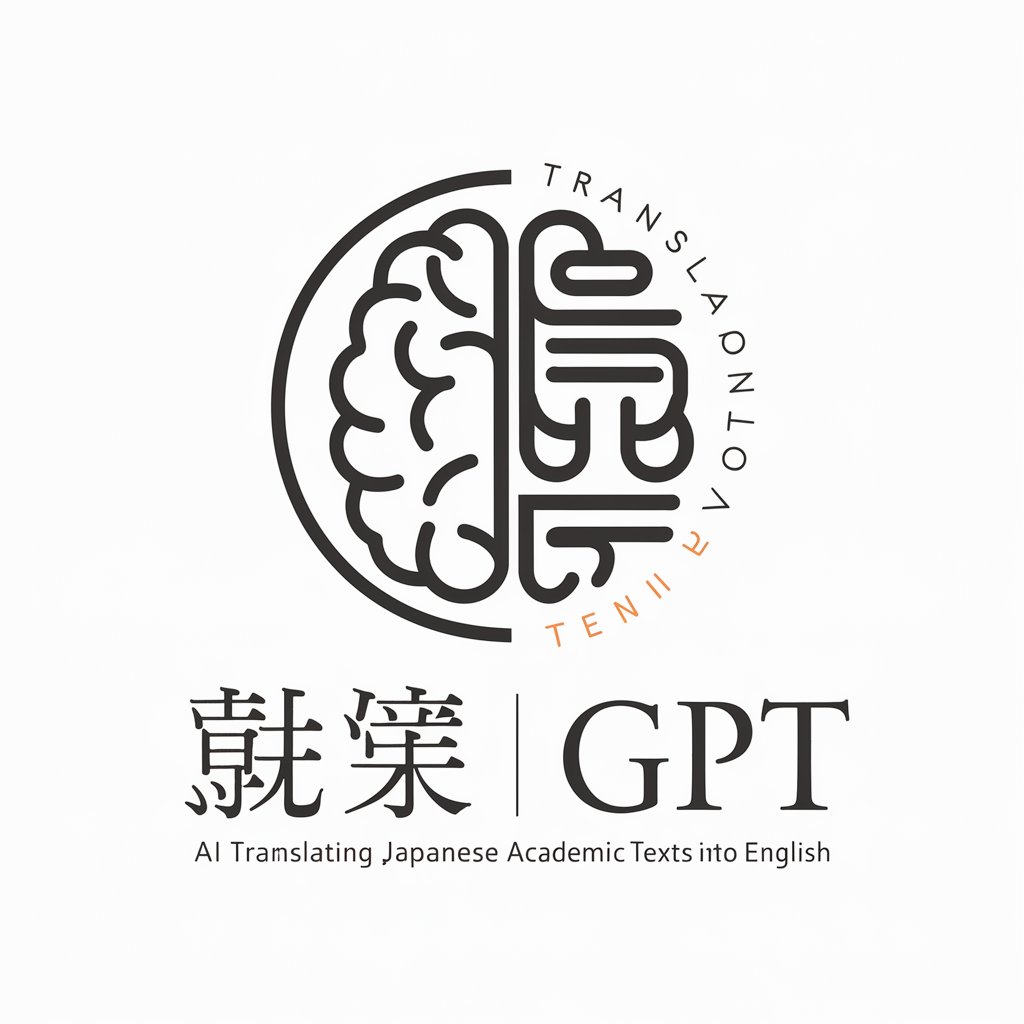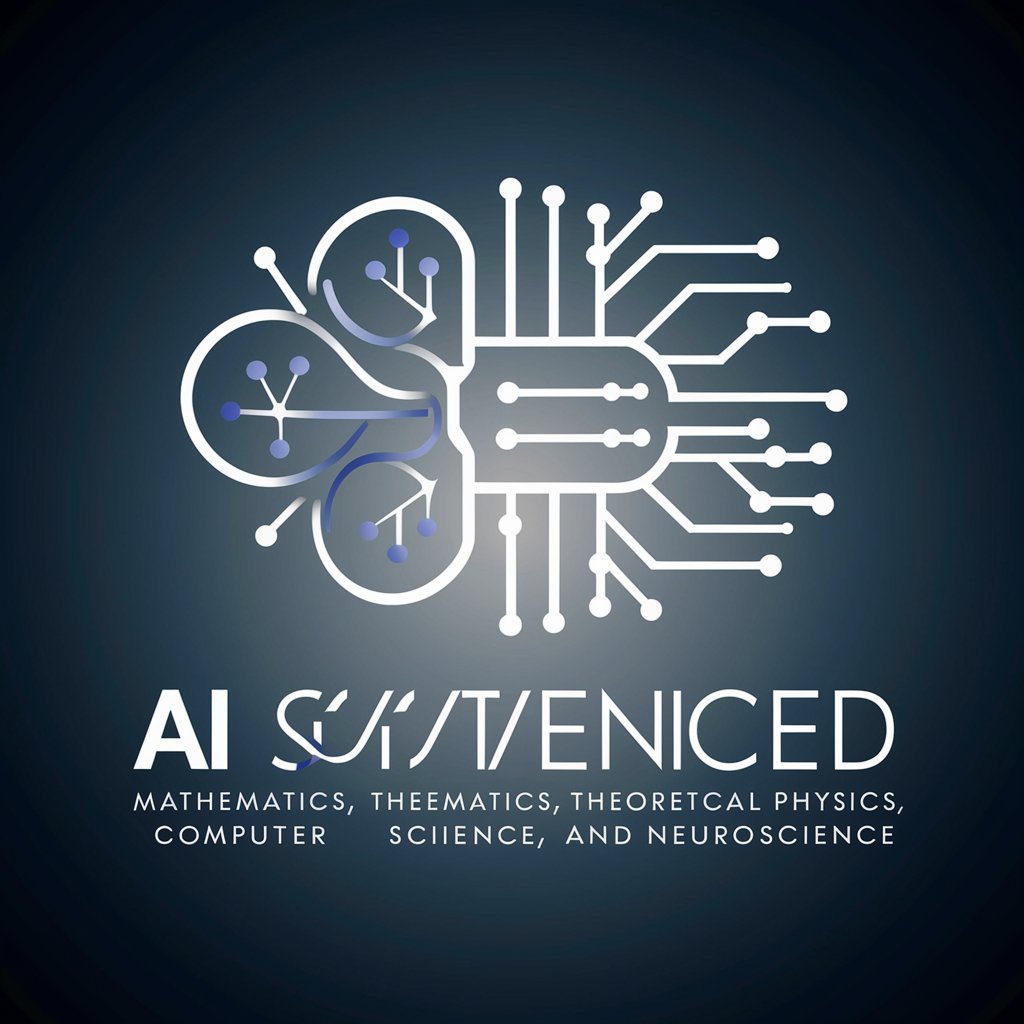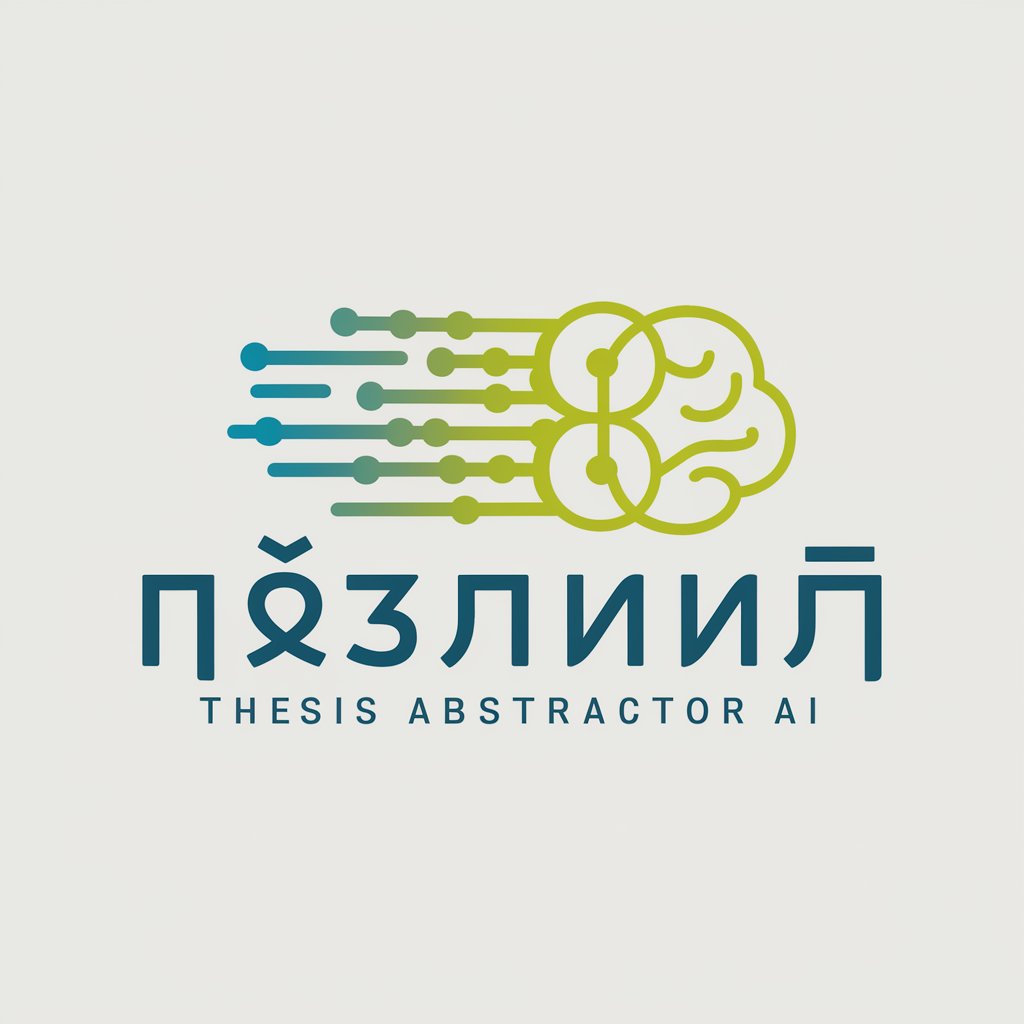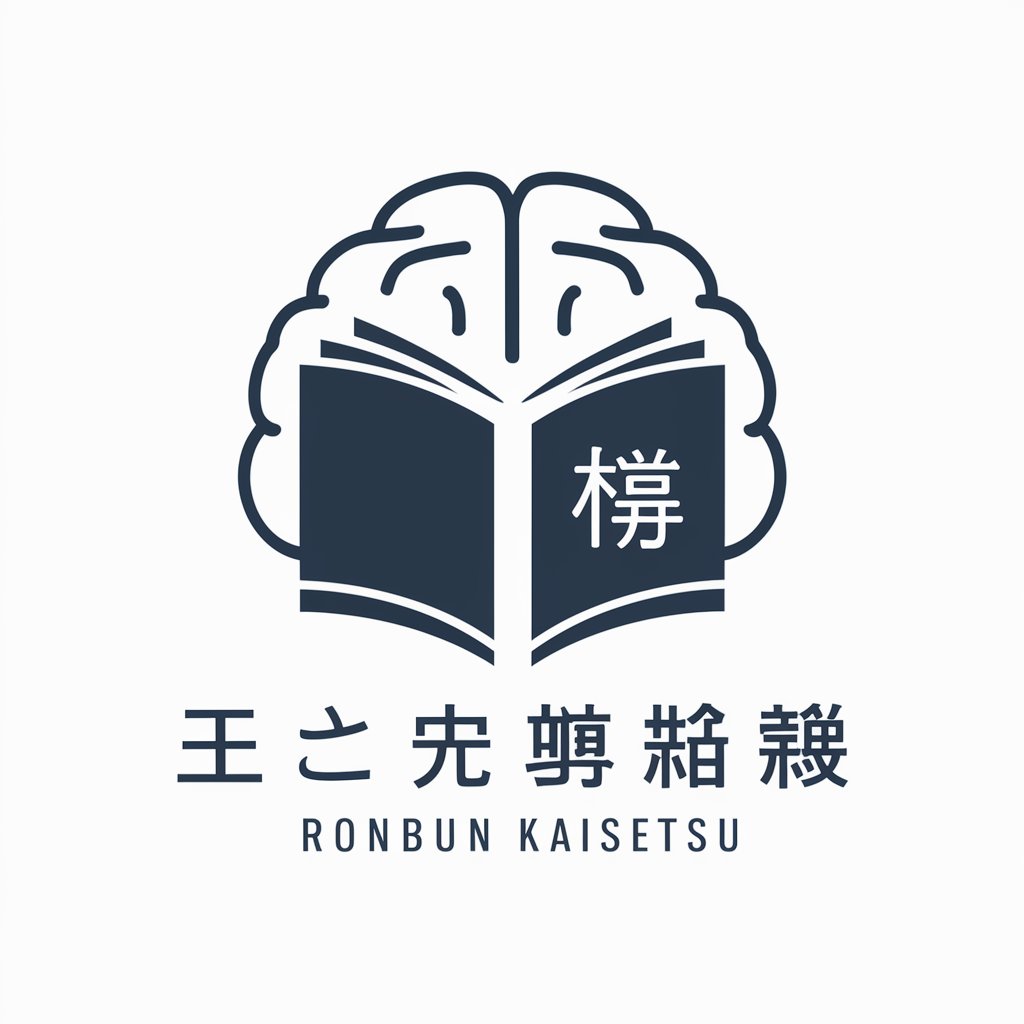
論文翻訳解説 - academic paper translation tool
論文の文章、図、表などを多言語から日本語に翻訳します。
AI-powered academic translation and analysis
Get Embed Code
Overview of 論文翻訳解説
論文翻訳解説 is a specialized system designed to assist with the translation and analysis of academic and technical documents, especially in fields like science and technology. It is built to provide precise translations that retain the original meaning of complex, specialized texts, making them accessible to a broader audience. Additionally, 論文翻訳解説 provides explanations and visualizations of key concepts from academic papers, enhancing understanding for both specialists and non-specialists. One example of its use is in translating a dense scientific research paper from English to Japanese, ensuring that technical terms are accurately rendered, while offering simplified explanations for broader comprehension. Another scenario is when users need help interpreting complex data, where 論文翻訳解説 can break down the data into more digestible visual formats like diagrams or structured summaries. Powered by ChatGPT-4o。

Core Functions of 論文翻訳解説
Academic Paper Translation
Example
A researcher submits a highly technical paper on machine learning in English, and 論文翻訳解説 translates it into Japanese, making sure that terms like 'backpropagation' or 'gradient descent' are accurately rendered in context.
Scenario
This function is used when Japanese-speaking researchers need access to cutting-edge research published in English, but want to ensure that complex technical terms and context are correctly interpreted.
Technical Concept Explanation
Example
In a paper on quantum computing, 論文翻訳解説 not only translates the content but also provides simplified explanations for difficult concepts like 'superposition' and 'entanglement.'
Scenario
Useful for users with a strong academic background in one field who are reading research from another, or for non-specialists who need assistance understanding highly technical concepts.
Data Visualization
Example
A researcher studying climate change submits a paper with complex datasets. 論文翻訳解説 generates visual aids, such as graphs showing temperature variations over time.
Scenario
This function is ideal when the original research paper contains intricate data that would benefit from being presented visually for easier interpretation and decision-making.
Critical Analysis and Suggestions
Example
A user submits a biology paper with ambiguous results, and 論文翻訳解説 offers constructive feedback on potential methodological flaws and suggests alternative experimental designs.
Scenario
This function serves researchers who need a second opinion on their work, helping them identify weak points in their research approach or methodology before submission.
Question Generation for Understanding
Example
A student studying a complex topic on neural networks submits a paper and receives a list of relevant questions generated by 論文翻訳解説 to deepen their understanding of the content.
Scenario
This function is frequently applied in academic settings where students or early-career researchers are seeking to improve their grasp on a particular topic.
Target User Groups of 論文翻訳解説
Academic Researchers
Researchers across various disciplines benefit from 論文翻訳解説 when they need to translate papers between languages, especially when those papers include highly technical terminology. It helps ensure accurate translation while preserving scientific integrity, which is essential for cross-cultural academic collaboration.
Graduate Students
Graduate students often face difficulty in fully grasping complex research topics, especially when reading papers in a second language. 論文翻訳解説 offers them both accurate translations and explanatory notes, making it easier to digest difficult concepts.
Corporate R&D Teams
Corporate research and development teams working in technology-driven sectors, such as pharmaceuticals or engineering, use 論文翻訳解説 to translate and interpret technical documents or white papers related to innovation, ensuring that the team can fully understand and leverage new research in their development processes.
Technical Writers
Technical writers responsible for generating documentation in different languages can use 論文翻訳解説 to ensure accurate terminology usage and clear explanations, especially when adapting technical materials for a non-expert audience.
Interdisciplinary Researchers
Researchers working across multiple scientific domains can use 論文翻訳解説 to help them understand papers outside their primary field of expertise by providing not just translations but simplified explanations of difficult concepts, enabling cross-disciplinary research.

How to Use 論文翻訳解説
Step 1
Visit yeschat.ai for a free trial without login, also no need for ChatGPT Plus.
Step 2
Upload or paste the academic text or research paper you wish to translate or analyze. The tool supports most formats like PDF, Word, and plain text.
Step 3
Select the desired output, such as detailed translation, image analysis, or academic explanation. Choose the appropriate mode depending on whether you need translation only, or translation with comprehensive commentary.
Step 4
Review the translated content and integrated explanations, including critical analysis and visualizations if applicable. The tool is optimized for producing high-quality academic translations.
Step 5
Download or export the processed content for use in your research, academic writing, or presentations. Use integrated visual aids or charts to enhance understanding.
Try other advanced and practical GPTs
WooCommerce Code Helper
Empower your WooCommerce store with AI.

Essay Mastermind
AI-powered guidance for structured writing

Hashtag Analytics Algorithm
Elevate Your Instagram with AI-Powered Hashtags

Patent
Empowering Inquiries with AI

AutoGPT by awesome-prompts
Streamline Work with AI

Season Color: Scientifically ID Your Season
Discover Your Colors, Enhance Your Style

Sheet
Smart Spreadsheet Automation

Argentina GPT
AI-Powered Argentine Information Tool

Social Media Muse
Empower Your Social Media with AI

Code Weaver
AI-Powered HTML & CSS Code Generator

페페 생성기(pepe Picasso)
Unleashing Creativity with AI-Powered Pepe Memes

Athena
AI-Powered Assistance for Every Need

Common Questions About 論文翻訳解説
What does 論文翻訳解説 specialize in?
論文翻訳解説 specializes in translating and analyzing academic papers, particularly those in technical and scientific fields. It not only translates but also provides detailed commentary, explanations, and visualizations to aid understanding.
Can I use this tool for non-English papers?
Yes, 論文翻訳解説 is designed to work with multiple languages, including Japanese, English, and others. It is particularly effective for translating and interpreting scientific and technical content between these languages.
How does the tool handle complex diagrams and charts?
論文翻訳解説 provides comprehensive analysis of diagrams and charts in research papers. It explains the visual data, highlighting important aspects, and integrates the explanation into the broader context of the paper.
Can this tool be used for collaborative academic work?
Yes, this tool can be very helpful for collaborative academic work. It allows you to translate and explain sections of a paper, which you can then share with team members for joint analysis and discussion.
Is 論文翻訳解説 only for translating or does it offer additional academic services?
In addition to translation, 論文翻訳解説 offers critical analysis, question generation, and suggestions for improving academic papers. It serves as a multi-functional academic tool for both translating and enhancing the quality of research.





